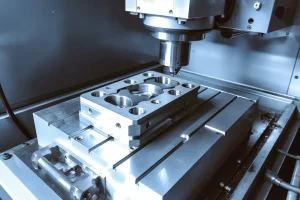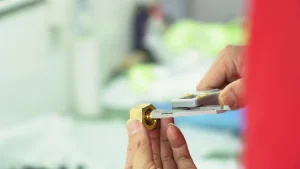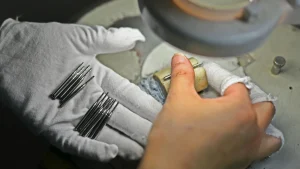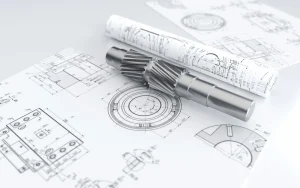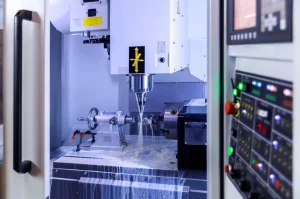Precision parts processing is a demanding manufacturing process that requires the use of advanced processing technology and equipment to ensure that the dimensional accuracy, shape accuracy and surface quality of the parts meet the requirements. In the process of precision parts processing, you may encounter a variety of faults. The following are some common faults and their solutions:
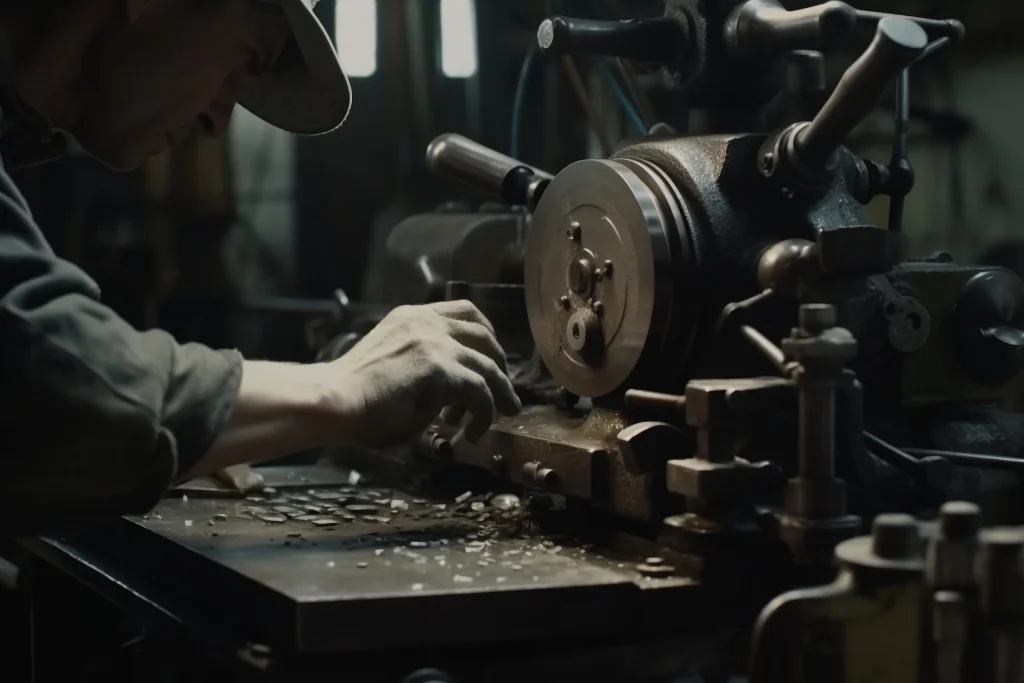
The monitoring program stops suddenly: This may be due to an abnormality in the monitoring program or strong magnetic interference. For this problem, you can try to restart the monitoring program, or check whether there is a strong magnetic source around, and take appropriate measures to shield or ground it. In addition, it may be a memory failure, so you can try to re-debug.
Feed transmission failure: This type of failure usually manifests itself as mechanical parts not reaching the specified position, motion interruption, reduced positioning accuracy, excessive reverse clearance, etc. The reasons may be excessive processing load, frequent forward and reverse operation, poor rigidity of the transmission system, large transmission clearance, etc. To solve this problem, measures that can be taken include: adjusting the preload of each moving pair, adjusting the loose link, improving motion accuracy, adjusting the compensation link, reasonably distributing the load, eliminating or reducing the reverse clearance and axial movement as much as possible, and improving the rigidity of the transmission system.
The surface roughness of the part is too large: The reason may be improper selection of tool materials, unreasonable selection of tool geometry angles and cutting amounts, improper selection of cutting fluids, etc. To solve this problem, you can replace the tool material, adjust the tool geometry angles and cutting amounts, and select a suitable cutting fluid, etc.
Too fast tool wear: The reasons may be improper selection of tool materials, unreasonable selection of tool geometry and cutting amount, improper selection of cutting fluid, etc. To solve this problem, you can replace the tool material, adjust the tool geometry and cutting amount, choose a suitable cutting fluid, etc.
Vibration during cutting: The reasons may be too high cutting speed, too large feed rate, loose clamping of workpiece, wear or looseness of tool, etc. To solve this problem, you can reduce the cutting speed, reduce the feed rate, re-clamp the workpiece, replace or tighten the tool, etc.
In general, solving the fault in the process of precision parts processing requires analysis and processing according to the specific situation, finding out the cause of the fault and taking corresponding measures to solve it.

